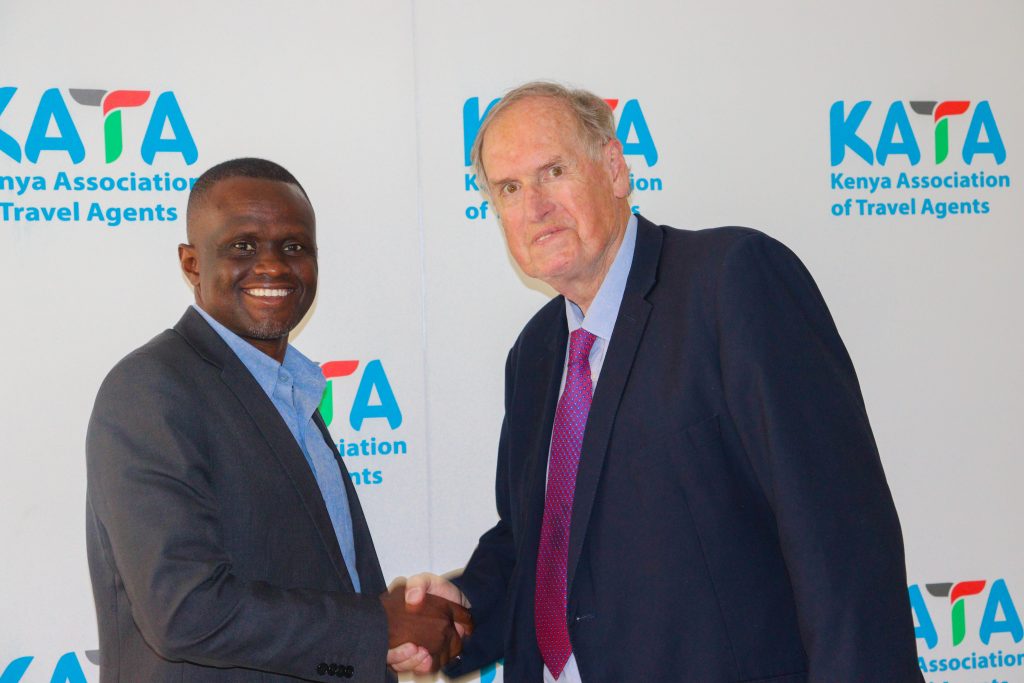The Nairobi Spotlight Travel Expo returns to Kenya on February 4 and 5, 2026, bringing renewed momentum to one of East Africa’s most established travel trade events. Founded in 2005, the Spotlight series has grown into a cornerstone of regional tourism networking, having hosted more than 150 editions across Africa and connected thousands of travel professionals over the past two decades. The platform has consistently drawn influential players from across the global travel ecosystem, shaping commercial relationships that continue to strengthen the region’s travel industry.
A New Venue Marks a New Phase of Growth
This year’s edition marks a notable shift as the event moves to a new venue, PrideInn Azure, signalling confidence in Nairobi’s expanding hospitality infrastructure. More than 400 visitors and over 50 exhibitors are expected to gather at the hotel for two days of intensive business engagement. Early registration figures indicate strong interest from regional destinations, airline partners, and hotel groups seeking greater visibility as travel demand climbs.
For the first time, PrideInn Azure will host the Nairobi edition, offering a refreshed setting as the event expands its footprint. The 2026 calendar will feature two Nairobi Spotlight editions, with the second scheduled for early September. Organisers note that the decision reflects increased exhibitor demand and Nairobi’s rising prominence as a strategic hub for travel and tourism commerce across East and Central Africa.
Building Bridges Across the Global Travel Supply Chain
The Spotlight Expo is widely recognised for its emphasis on forging meaningful commercial linkages. It continues to connect a wide spectrum of stakeholders, including travel agencies, tour operators, airline representatives, hotel groups, destination boards, and emerging travel technology providers. Delegates attending the Nairobi event will take part in structured business-to-business sessions, product briefings, and networking forums designed to strengthen partnerships and explore new opportunities within a constantly evolving global travel landscape. Previous editions have generated an average of 35 new business leads per exhibitor; a figure organiser expect to surpass this year due to expanded participation.
KATA Reaffirms Support for a Longstanding Industry Partner
The Kenya Association of Travel Agents has reaffirmed its long-standing support for the Spotlight platform by signing a renewed partnership agreement that formalizes its continued collaboration with the event. The association commends founder Derek Houston and his team for sustaining the Spotlight series for more than two decades and acknowledges the platform’s critical role in creating business linkages for Kenyan travel professionals. KATA CEO, Nicanor Sabula, describes Spotlight as an essential bridge between international travel brands and the Kenyan travel trade, providing agencies with broader access to global suppliers, fresh industry insights and new commercial opportunities. The renewed partnership is expected to further enhance agent participation and enrich the knowledge-sharing components of the Expo.



Part of a Growing Pan-African Tourism Network
The Nairobi Expo forms part of a broader regional initiative that stages Spotlight events in various African cities, including Dar es Salaam, Kampala, Gaborone, Cape Town and Lusaka. The goal is to strengthen commercial ties between African travel professionals and global tourism suppliers. Participants at the 2026 Nairobi edition will meet representatives from major international hotel groups, leading airline partners, global destination boards and companies introducing innovative travel solutions aligned with emerging consumer trends.
A Timely Boost for a Rebounding Tourism Sector
The return of Spotlight to Kenya comes at a pivotal moment as the travel industry continues to recover and adapt to shifting demand patterns. Recent data from the Kenya National Bureau of Statistics shows a steady rebound in outbound travel, with regional trips increasing by more than 18 percent over the past year and long-haul leisure bookings registering consistent growth. Kenyan travel agents have reported increased inquiries for leisure, corporate, and MICE travel. Stakeholders acknowledge that platforms like Spotlight help sustain this recovery by encouraging collaboration, innovation, and knowledge sharing.
Strengthening Nairobi’s Place in the Future of African Tourism
With preparations underway for the second Nairobi Spotlight edition in September, the 2026 series is poised to reinforce Kenya’s position as a central hub for regional and global tourism engagement. Exhibitors and delegates are optimistic that this year’s events will set new participation and business-generation records. The successful return of the Expo to Kenya, and its debut at PrideInn Azure, affirms the enduring value of the Spotlight series as a catalyst for industry progress and a key contributor to shaping the future of tourism in the region.















